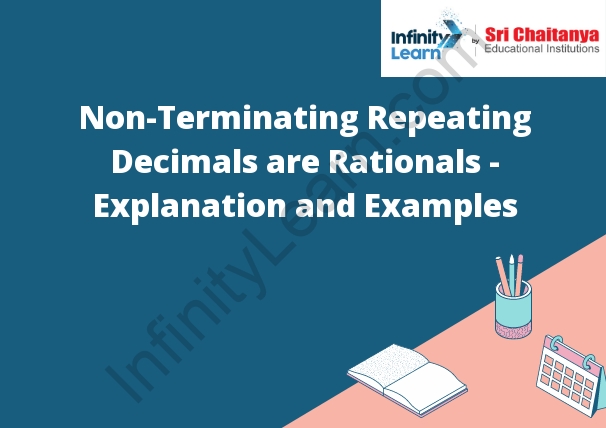Table of Contents
Non-Terminating Repeating Decimals
Non-terminating repeating decimals are decimals that do not have a finite number of digits that repeat. For example, the decimal 0.333333…, which is equal to the fraction 1/3, is a non-terminating repeating decimal. The digits 3, 3, 3, 3, 3, 3, 3, … keep repeating forever.

Rational Numbers
Rational numbers are numbers that can be expressed as a fraction, where the numerator and denominator are both integers. So, for example, the rational number 3/4 can be written as the fraction 3/4, and the rational number -5/6 can be written as the fraction -5/6.
Rational Numbers as Terminating and Non-Terminating Decimals
Rational numbers can be expressed as terminating decimals or non-terminating decimals. A terminating decimal is a rational number that has a finite number of digits after the decimal point. A non-terminating decimal is a rational number that does not have a finite number of digits after the decimal point.
Some examples of terminating decimals are 0.5, 0.7, and 0.9. Some examples of non-terminating decimals are 0.6, 0.333, and 0.142857.
Converting a Terminating Decimal into a Fraction
To convert a terminating decimal into a fraction, divide the number by 10 and place the result over 10.
For example, to convert the number 0.234 into a fraction, divide 0.234 by 10 and place the result over 10.
0.234 ÷ 10 = 0.023
The fraction is 0.023 or 2/10.
Converting a Non-Terminating Decimal into a Fraction
To convert a non-terminating decimal into a fraction, divide the number by the power of 10 that is equal to the number of digits after the decimal point.
Converting a Non-Terminating Repeating Decimal into a Fraction
To convert a non-terminating repeating decimal into a fraction, divide the decimal number by the number that represents the place value of the repeating decimal.








